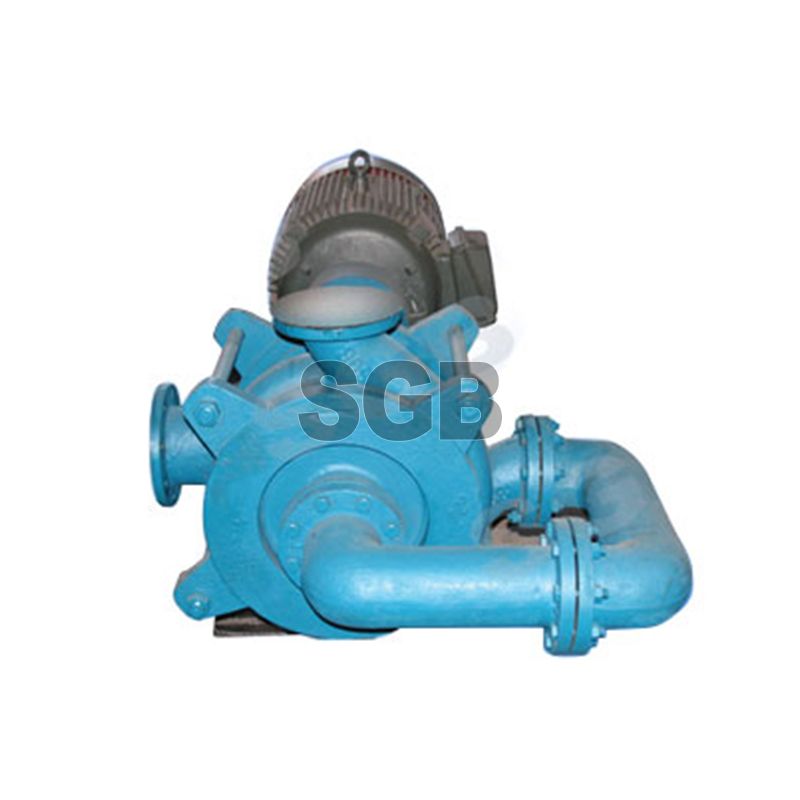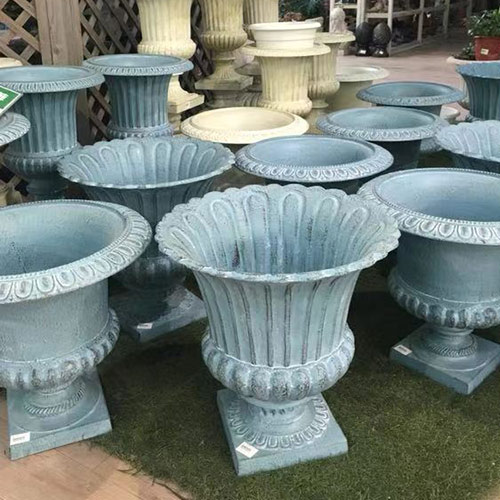5 Considerations When Choosing Pneumatic Control Valves
5 Considerations When Choosing Pneumatic Control Valves
When it comes to selecting the right type of pneumatic control valve for any application, you have many options at your disposal. Each comes with its own specific function, so it is helpful to understand differences and pick the type best-suited for your requirements.
To help you arrive at the valve “type” that’s right for your pneumatic application, this post will highlight five basic requirements to consider:
Media
The first and most obvious question is—what gas (or liquid) will be controlled by this pneumatic control valve, and at what input pressure? Compressed Air? Water? Negative Pressure? Gas? Before checking for any additional factors, ensure that the valve is compatible with the media and pressure passing through.
Method of Valve Actuation
There are a variety of methods available to open or close a pneumatic control valve. The four most common methods of valve actuation are:
- Solenoid operated (via electrical current)
- Manually operated (by skilled labor and via a lever, pushbutton, foot peddle, etc.)
- Mechanically operated (via tooling or work pieces in contact with a cam, ball or plunger)
- Remote air operated (from an output signal of another valve).
Spring-Return Valve or Detented Actuation Valve?
This is the return method the pneumatic valve will take “back” to its original, un-actuated state. Typically, this is either a mechanical spring, or a separate form of the same actuation method described above. Manufacturers call these methods “spring return” and “detented” valve types. Said another way, are you looking for a “momentary contact, momentary output” or “momentary contact, maintained output”? Decide whether you want your valve to return to its initial position or stay in its last position after actuation.
Pneumatic Control Valve Configuration
Most pneumatic control valves are 2-Way, 3-Way or 4-Way and, as a rule of thumb, it is a count of their active media ports:
- 2-Way Valves: Have one INLET and one OUTLET port and, upon actuation, allow media to pass through (known as a 2-way Normally Closed), or to stop flow (2-way Normally Open).
- 3-Way Valves: These add a third port to allow for venting (EXHAUST port) of pressure at the OUTLET port, when the INLET port is blocked. 3-Way valves are offered Normally Closed or Normally Open, as well.
- 4-Way Valves: These add a second OUTLET and corresponding second EXHAUST port to the 3-Way function, and are most commonly used for control of double acting pneumatic cylinders and actuators. Upon 4-Way Valve actuation, INLET pressure switches from one OUTLET port to the other.
Note: As an option, 4-Way valves can be configured with 3 positions, where the center position is forms a “neutral” position choice of three options (either all OUTLET ports exhausted, pressurized, or checked).
Flow Capacity (Valve Size)
Flow capacity is a fifth factor to address in pneumatic control valve selection. An undersized valve will slow down fill time or cause other forms of inefficiency in the system while an oversized valve can be classified as a form of waste in the system. It’s important to estimate a maximum flow capacity for your application and select the valve size with enough capacity. All valve suppliers provide a flow capacity, and have easy reference material to assist you, but essentially your valve will need to fill a specific downstream volume within your acceptable period of time.
Tip: Most manufacturers state a “Cv” value, which is a universally accepted flow capacity index, known as “flow coefficient”. It forms an easy way for you to compare similar sized valves.
Pneumatic Control Valves From Humphrey Products
Once you’ve used these five factors to identify the valve type you need, then weigh specific performance and integration attributes of matching brands and models available from valve manufacturers. Still a bit overwhelmed? Don’t worry! We’ve made it easy to browse our online catalog and narrow your results until you have found the exact products needed for your specific application. You can even search within results for the exact terms you’re looking for.
If you’d like more help choosing the right pneumatic control valve, or have questions about any of our products, please contact us at 1-800-477-8707.
5 Tips For Selecting The Right Valve
Recommended article:What does a valve do in a valve port?
Black Stainless Steel Appliances: Pros, Cons, and Top Brands
What to do if your vehicle stalls on tracks?
Proper Valve Identification and Labeling Standards and Tips
How DC Inverter Heat Pumps Work: A Comprehensive Guide
5 Tips For Selecting The Right Valve
Valves control liquid and gas flow in almost all systems and processes. They are found almost everywhere, in homes, in industries, in hospitals, you name it. As common as they are, it is still a big challenge in choosing the right valve for the right job.
The choice of a valve depends on the performance requirements of a system. Here are 5 tips for selecting the right valve.
1. Check for Special Valves Requirements
Before you buy a valve, ensure that it will work the way you expect. Ask yourself how long the valve takes to respond and how much pressure is required to open it. You should also consider the normally open vs normally closed valves because each serves a different purpose.
An appropriate choice can improve the reliability of the valve. What determines the choice is whether the valve is usually more closed or open during the normal system operation.
2. How to Select the Right Valve: Materials of Construction
Valves are made from different materials with different qualities like strength and chemical resistance. So you need to know the strength and chemical compatibility of your valve of choice. A valve must not react with the liquids or gases flowing through it.
If you are dealing with corrosive or harsh chemicals then plastic valves can be the best option.
3. Valve Type and Size
Valves vary in types and sizes and this is what determines the type of use they can be put into. Valves can be used to adjust fluid/gas flow, mix flow, divert flow, or shut off flow. They can also be used for backflow prevention and for releasing pressure. The function of a valve determines which valve type to choose.
The most common types of valves include shutoff valves, pinch valves, regulators, relief valves, stopcocks, toggle valves, metering valves, needle valves, ball valves, and check valves. To make the right choice, you need to match the valve’s type and size to its expected function in the system.
4. Performance Requirements
A valve is expected to work under different conditions of temperature and pressure. A good valve should continue to perform well under the lowest and the highest temperatures and pressures of the system.
Metal valves are better than plastic valves in highly pressurized systems especially if the operating temperatures are also high. This is because metals are stronger than plastics.
5. Maintenance
Tips for selecting the right valve can’t be complete without considering maintenance. Valves do wear out with time, so you need to factor in maintenance cost in your choice for a valve. This is important for both application stability and valve reliability. Working with a faulty valve is very dangerous as it may lead to fluid or gas leakages.
You should also consider valve connection type when choosing because this affects the speed and ease of replacement or repair. Each connection type (Luer, push-in, barbed, threaded, etc) has its advantages and disadvantages.
Tips for Selecting the Right Valve Made Easier
To make your valve choice easier and faster, you need to know where to start. Having all the information beforehand will help to make your choice more certain.
You need to understand the issues like chemical compatibility and operating conditions of a valve, and applications requirements of the system from the very start before you make a choice. That wraps up the tips for selecting the right valve.
If you want to learn more about valves and fittings, you can visit our blog.
5 Considerations When Choosing Pneumatic Control Valves
5 Tips For Selecting The Right Valve
Recommended article:Why are slurry pumps essential for mining and mineral processing operations?







